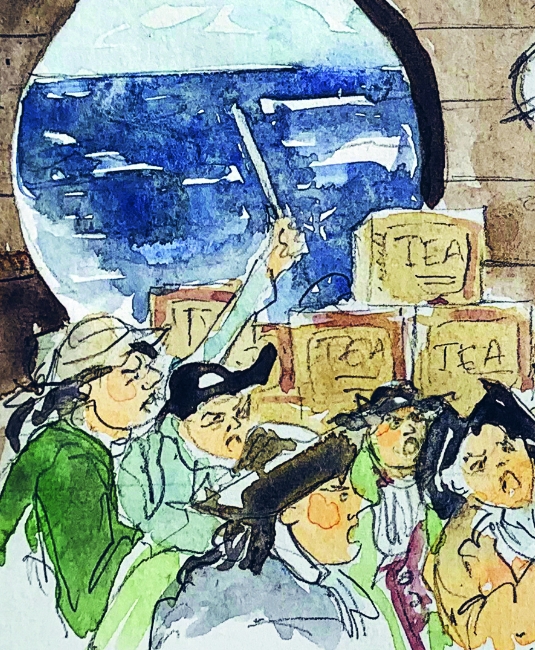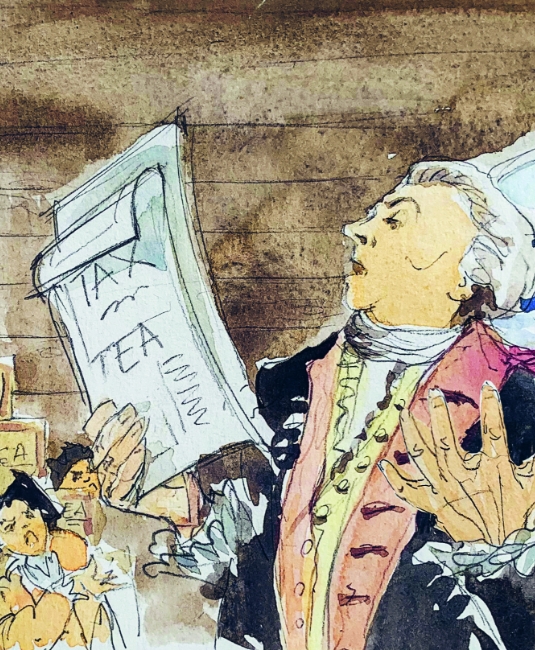Free shipping from $55
The Boston Tea Party
How Tea Sparked American Independence

Did you know that tea played a key role in America’s fight for independence? The Boston Tea Party wasn’t a fancy gathering with tea and biscuits—it was a bold protest that changed the course of history. Let’s dive into this pivotal moment when tea became the spark for revolution!
In the late 1700s, Britain was in financial trouble after the costly Seven Years' War (1756-1763). To recover, the British Parliament imposed new taxes on its American colonies, including the Townshend Acts of 1767. These taxes targeted everyday items like porcelain, glass, paint—and yes, tea.
The tax on tea was expected to bring in a huge profit for Britain. But for American colonists, it was the last straw. Tensions boiled over, leading to the infamous Boston Massacre in 1770, when British soldiers killed five colonists during a confrontation.

The East India Company (EIC), which held a monopoly on tea imports, was another key player. By 1773, American colonists were boycotting British tea, turning instead to smuggled Dutch tea. In response, the British government passed the Tea Act, allowing the EIC to ship tea directly to America, undercutting competitors, but still forcing colonists to pay a small duty.
On December 16, 1773, Samuel Adams rallied the people of Boston to resist paying the tea tax. That night, a group disguised as Native Americans boarded three British ships and dumped 45 tons of tea into the harbor—an event that would become known as the Boston Tea Party.
Britain reacted harshly, closing Boston’s port and imposing other punitive laws known as the Intolerable Acts. This only fueled more outrage in the colonies and ultimately led to the American War of Independence. By 1776, America declared its independence, and the Boston Tea Party had become a defining moment in the country’s fight for freedom.
Who knew tea could be so revolutionary?
Log In